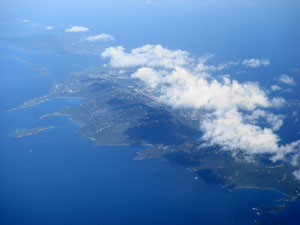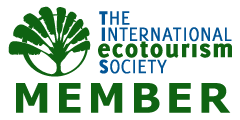St Thomas History, United States Virgin Islands

First settled around 1500 BC by the Ciboney, a pre-Columbian indigenous population, St Thomas, USVI, was later inhabited by the Arawaks and eventually by the Caribs.
Spotted by Christopher Columbus during his second trip to the "New World", St Thomas was claimed by Columbus in the name of Spain.
In 1657, the Dutch West India Company became the first European setllers of St Thomas.
In 1665, the Danish arrived and in 1666 the island was conquered for Denmark.
On May 25, 1672, the Danish West India and Guinea Company (Dansk-Vestindisk Kompagni) had full control over the island, which then was divided up between sugar cane production and plantations.
In 1685, the Brandenburgisch-Africanische Compagnie arrived and St Thomas became one of the largest slave trading posts in the "New World".
In 1691, the main settlement on St Thomas was renamed Charlotte Amalie after Denmark's King Christian V's wife.
In 1848, slavery in St Thomas came to an end and with it the strong sugar production industry there, as there was no cost-effective labor for mass export.
On December 12, 1916, St Thomas, St John, and St Croix were purchased from Denmark by the US Government in order to prevent a German offensive on the US mainland during World War I.
On March 31, 1917, the islands became the U.S. virgin Islands and were administered by the United States Navy.
In 1927, the residents of the islands became US Citizens.
On January 30, 1931, the U.S. Department of Interior took administrational control over the U.S. Virgin Islands.
In 1954, the three U.S. Virgin Islands became official territories when the Organic Act was passed.
1969 marked the first election of a Governor of the U.S. Virgin Islands by the residents of those islands.

